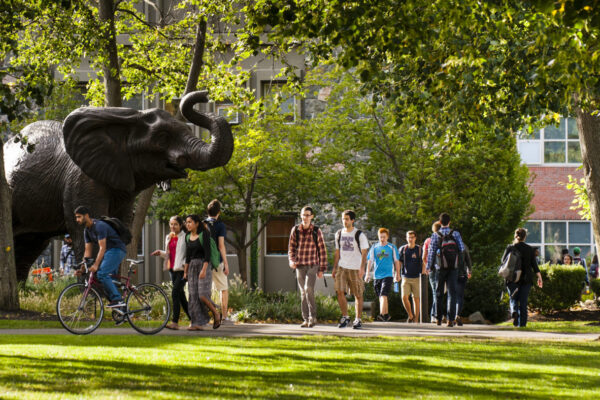Pay and Opportunity Gaps Reflected in Data on Full-time Faculty Members
Title: Data Snapshot: Full-Time Women Faculty and Faculty of Color
Source: American Association of University Professors
A data snapshot released by the American Association of University Professors considers demographic breakdowns and salary differences among full-time faculty who identify as women and people of color. Key takeaways include:
- While the share of women in academia has increased over time, they are overrepresented in non-tenure-track positions.
- Women earn an average of $79,368, while men earn an average of $97,738.
- Faculty who do not identify as White or Asian make up 12.9 percent of full-time faculty members, but 32.6 percent of the U.S. population between the ages of 24 and 64.
The snapshot utilizes data from the provisional release of the fall 2018 Integrated Postsecondary Education Data System Human Resources survey component, which does not directly collect faculty salary data by race and ethnicity. More detailed information on gender differences across ranks and institutional categories are provided in the complete publication.
Click here to read the full report.
—Anna Marie Ramos
If you have any questions or comments about this blog post, please contact us.


